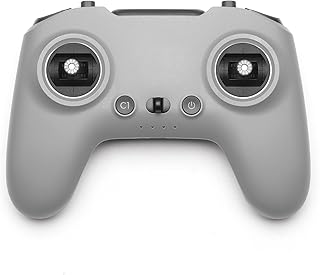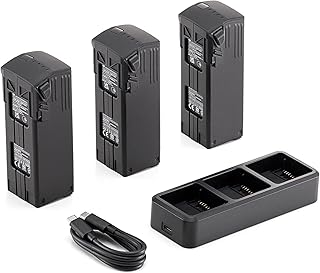INSYOO Drone: Environmental Impact and Sustainability
While I don't have access to specific information about a company called "INSYOO" or their drone models, I can provide a general overview of the environmental impact and sustainability considerations for drones. This information can be applied to any drone manufacturer, including a hypothetical "INSYOO" company.
Environmental Impact of Drones:
1. Production:
- Materials: Drones are composed of various materials, including plastics, metals, and batteries. The extraction and processing of these materials can have environmental impacts, such as pollution, deforestation, and habitat loss.
- Energy Consumption: Manufacturing drones requires significant energy, contributing to greenhouse gas emissions.
2. Operation:
- Fuel Consumption: Drones powered by internal combustion engines contribute to air pollution and greenhouse gas emissions. Electric drones are more environmentally friendly in this regard.
- Noise Pollution: Drones can generate noise, which can be disruptive to wildlife and human communities.
- Battery Disposal: Batteries used in drones can contain hazardous materials. Proper recycling and disposal are crucial to avoid environmental contamination.
3. End-of-Life:
- E-Waste: Drones eventually reach their end-of-life and become e-waste. Improper disposal can lead to environmental pollution and resource depletion.
Sustainability Considerations:
1. Materials:
- Recycled materials: Utilizing recycled materials in drone construction can reduce environmental impact and conserve resources.
- Biodegradable materials: Exploring biodegradable alternatives for certain components can help minimize landfill waste.
2. Energy Efficiency:
- Battery technology: Investing in long-lasting, efficient batteries can reduce the need for frequent replacements and minimize battery waste.
- Lightweight design: Utilizing lightweight materials can improve energy efficiency and reduce emissions.
3. Operational Practices:
- Flight optimization: Using flight planning software and optimizing flight paths can minimize fuel consumption and reduce noise pollution.
- Drone traffic management: Establishing regulations and systems for drone traffic management can minimize potential safety risks and environmental impacts.
4. End-of-Life Management:
- Responsible recycling programs: Implementing responsible recycling and disposal programs can minimize the environmental impact of drone waste.
- Repairability: Designing drones for easy repair and upgradeability can extend their lifespan and reduce the need for replacements.
INSYOO's Role:
To assess the environmental impact and sustainability of INSYOO drones, we would need information specific to their models and practices:
- Materials used: What materials are used in INSYOO drones? Are they recycled or sourced sustainably?
- Energy consumption: How energy-efficient are INSYOO drones?
- Battery technology: What type of batteries are used? Are they recyclable or disposed of responsibly?
- Environmental certifications: Does INSYOO have any environmental certifications or sustainability programs?
By understanding these aspects, we can evaluate the environmental impact and sustainability of INSYOO drones compared to other manufacturers in the market.
In conclusion, the environmental impact and sustainability of drones depend on their design, materials, operational practices, and end-of-life management. Responsible drone manufacturers prioritize sustainable practices throughout the product lifecycle, from sourcing materials to disposal, to minimize their environmental footprint.


